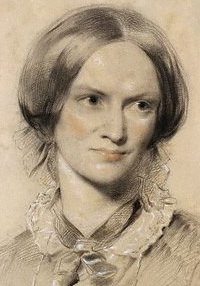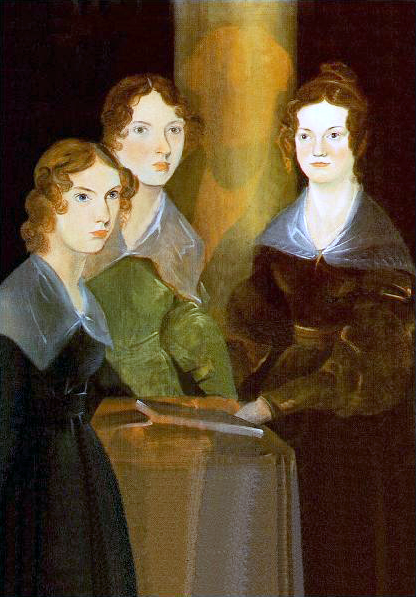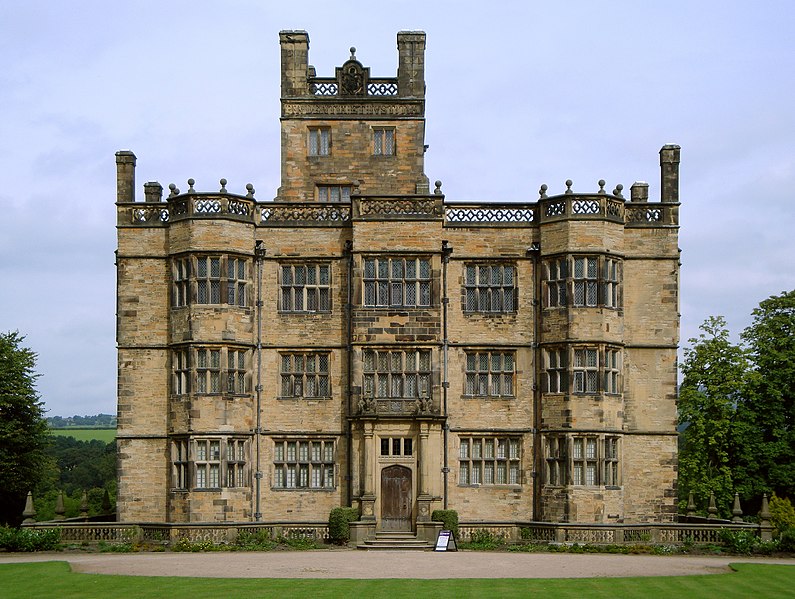I attended the second of four reading group discussions sponsored by the Kansas City Public Library in the Cohen Center conference room of the Plaza Branch yesterday evening. As I noted in last month’s blog post, I’m picking up the other three books in the ‘A Taste of Victorian Literature’ during this encore performance.
Table of Contents
Brontë Background
Gothic Elements and Contemporary Criticism (p. 2)
Scandal (p. 3)
Discussion Questions (p. 4)

Katie Stover, head of Reader’s Services at the Library, spoke briefly on the focus of the reading group, including a tie-in for next month’s book, The Mill on the Floss by George Eliot. Melissa Carle, Reference Librarian and Weekend Supervisor for the Plaza Branch, assured the group that several copies awaited them upstairs should they not already have it checked out. Katie then introduced our lecturer, Andrea Broomfield, associate professor of English at JCCC. An author in her own right, she’s currently working on new book tentatively titled Dining in the Age of Steam. Katie had one final tidbit for anyone interested in seeing the recently released theatrical version of Jane Eyre, the movie opens at the Cinemark and Glenwood Arts on April 8th.

Andrea began her lecture by referencing a couple of handouts we received via e-mail (and hard copy if you forgot to print), including a brief biography of Charlotte Brontë and a few paragraphs about the impact of Jane Eyre after publication in 1847.
Andrea touched on just a few key points with respect to Charlotte’s childhood. Her mother died while Charlotte was still young, leaving her father with five children (one son and four daughters) to raise on his own. As a direct result, his children had free reign over his library, not unheard for a son, but scandalous in the early Victorian Era (1820s & 1830s) to let his daughters read a gentleman’s library. The children especially loved the works of Byron. The Brontë children nurtured their imagination by creating the fantastic realms of Gondol (articles and poems written by Anne and Emily) and Angria (Byronic stories written by Branwell and Charlotte). They also created their own periodical similar to Blackwood’s Magazine.

Her two sisters, Elizabeth and Maria, attended the Clergy Daughters School, but the deplorable conditions of the school caused Patrick Bronte, their father, to withdraw Anne, Emily and Charlotte from the school. Elizabeth and Maria contracted and died of tuberculous, exacerbated by the terrible conditions extant at the school.
While Patrick was in Manchester having cataract surgery, Charlotte wrote Jane Eyre, using the pseudonym Currer Bell, bucking the trend of the ‘normal’ three volume serial novel most common then.
The Bell Brothers (Anne wrote under the name Acton Bell and Emily wrote as Ellis Bell) had a stellar year in 1847, for in addition to Jane Eyre, both Wuthering Heights and Agnes Grey were published. Andrea admitted Charlotte Brontë to be her favorite Victorian Era author, favoring Vilette as her most mature effort. The following couple of years left Charlotte bereft of all but her father, as first Emily and Branwell died, in 1848, followed by Anne in 1849.
Andrea’s next couple of presentation slides included modern day photographs places important in Charlotte’s life and which she used symbolically throughout Jane Eyre. The Brontës lived in West Yorkshire in the Haworth Parsonage.





